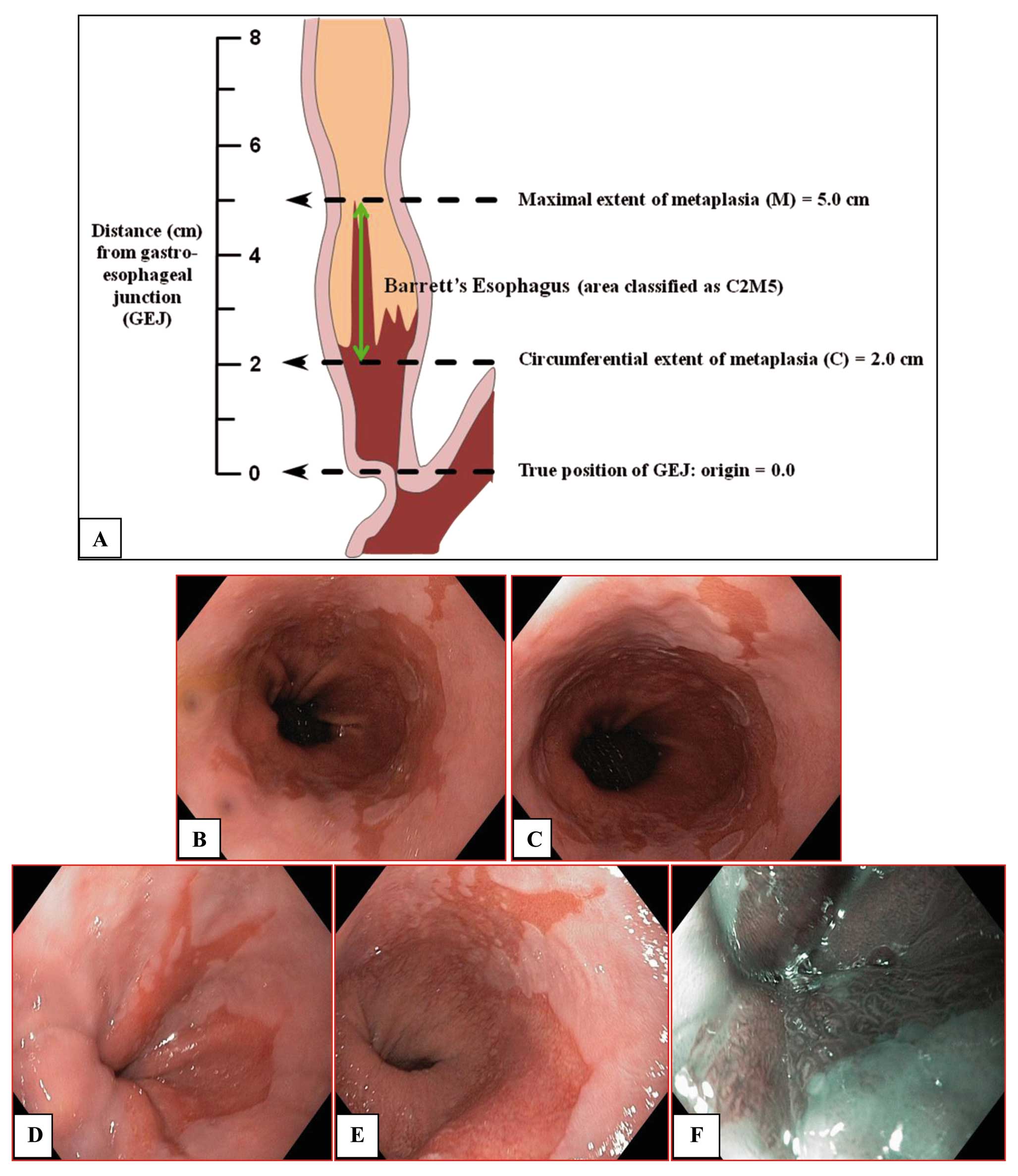Endoscopic assessment of the esophagus for the presence or absence of gastroesophageal reflux disease (gerd) as well as the assessment of its severity is crucial to formulating decisions about the patient's management and prognosis therefore, a validated tool is required to ensure agreement among different endoscopists. Gerd endoscopic classification. However, many patients with gerd have normal findings on endoscopy in 1999, the los angeles classification system was published and is now the standard method for classifying esophagitis (figure 2) 18, 19 in addition, during endoscopy, biopsy samples from the esophagus should be obtained to rule out eosinophilic esophagitis.
gerd endoscopic classification
Classification of gerd: the focus on endoscopy traditionally, gerd patients have been categorized into one of three groups: nerd, erosive esophagitis, and be, based on the findings of an upper endoscopy 13 this endoscopy-based classification is fraught with several limitations. Diagnosis, classification of endoscopic findings the committee recommends that endoscopic severity of erosive reflux esophagitis and related adverse events should be classified according to one of.... Gastroesophageal reflux disease with endoscopically identifiable lesions (erosions, stricture, barrett’s esophagus) is defined as erosive gastroesophageal reflux disease (gerd). fewer than 50% of patients with.

0 comments:
Post a Comment